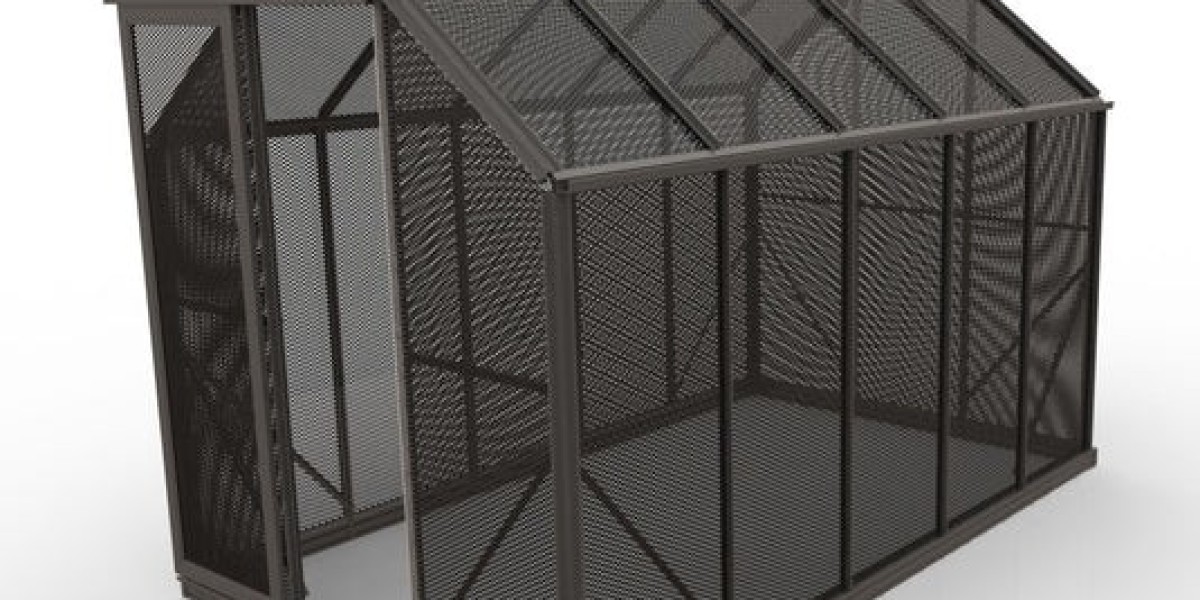As the temperatures soar and the sun beats down, it's crucial to protect our precious plants from excessive heat. In this guide, we will explore the importance of shade house gardening, provide tips on choosing the right location for your shade house in Australia, offer step-by-step instructions on building your own shade house, suggest heat-tolerant plants for shaded environments, discuss proper care and maintenance, share creative design ideas, and provide additional tips for successful shade house gardening.
So, let's dive in and discover how to keep our gardens flourishing even during scorching summers!
The Importance of Shade House Gardening
During hot summers, the sun's intense rays can cause damage to our plants, leading to wilting, sunburn, and even death. Shadehouse gardening provides a protective environment for our green friends, shielding them from excessive heat. By creating a shaded haven, we can extend the growing season, prevent moisture evaporation, and safeguard our plants from sunburn and leaf scorch. Additionally, shade house gardening in Australia allows us to cultivate a wider variety of plants that may not thrive under direct sunlight.
Choosing the Right Location for Your Shade House
Selecting the perfect location for your shade house is crucial to its success. Consider factors such as sunlight exposure, wind conditions, and accessibility. Ideally, choose an area that receives partial sunlight or dappled shade throughout the day. Avoid locations with strong winds that can damage the structure or cause excessive shade. Accessibility is also important for easy maintenance and harvesting.
Building or Setting Up Your Shade House
If you're up for a DIY project, building your own shade house can be a rewarding experience. Start by measuring the desired area and determining the size of the structure. Next, gather materials such as PVC pipes, shade cloth, and connectors. Follow step-by-step instructions, which can be found online or in gardening magazines, to assemble the frame and attach the shade cloth. Alternatively, if you prefer a hassle-free option, pre-made shade structures are available for purchase at garden centres or online.
Selecting Heat-Tolerant Plants for Your Shade House
When it comes to choosing plants for your shade house, opt for species that thrive in shaded environments. For decorative purposes, consider shade-loving plants such as hostas, ferns, impatiens, and begonias. These plants add lushness and vibrancy to your shade house garden. For edible options, shade-tolerant vegetables like lettuce, spinach, and kale and herbs like parsley and mint are excellent choices. Remember to research the specific needs of each plant and provide adequate care accordingly.
Proper Care and Maintenance of Shade House Gardens
Watering is crucial for shade house gardens, as they receive less direct sunlight. Water the plants deeply and at the base to encourage root growth and prevent diseases. Monitor the moisture levels regularly and adjust the watering frequency accordingly. Fertilise your shade house plants with a balanced organic fertiliser to provide the necessary nutrients. Be mindful of potential pests such as slugs or snails, and consider natural pest control methods. Regularly inspect your plants for any signs of stress or disease.
Enhancing Shaded Environments with Creative Design Ideas
While shade house gardens offer a respite from the sun, they can also be an opportunity to showcase your creativity. Consider adding hanging baskets filled with trailing plants, such as fuchsias or petunias, to add a pop of colour and visual interest. Install trellises for climbing plants like jasmine or clematis, creating vertical elements in your garden. Experiment with unique plant arrangements, combining different foliage textures and colours to create an enchanting oasis. The possibilities are endless!
Additional Tips for Successful Shade House Gardening
To ensure the success of your Shade House Australia garden, incorporate these additional tips. Regularly prune your plants to maintain their shape and promote airflow. Mulching is vital to retain moisture and prevent weed growth. Use organic mulch, such as shredded bark or compost, to protect the soil and provide nutrients. Pay close attention to soil management, as shaded areas may have different requirements. Test the soil pH and make necessary amendments to optimise plant health. Lastly, be prepared to face challenges such as fungal diseases or a lack of sunlight. Stay vigilant, observe your plants closely, and address any issues promptly.

Conclusion
In conclusion, shade house gardening is a must during hot summers to protect our plants from excessive heat and sun damage. By choosing the right location, building or setting up a shade house, selecting heat-tolerant plants, providing proper care and maintenance, enhancing the shaded environment with creative design ideas, and following additional tips, we can create thriving shade house gardens.
So, put on your gardening gloves, grab your tools, and embark on this delightful journey of shade house Australia gardening. Your plants will thank you for it!








